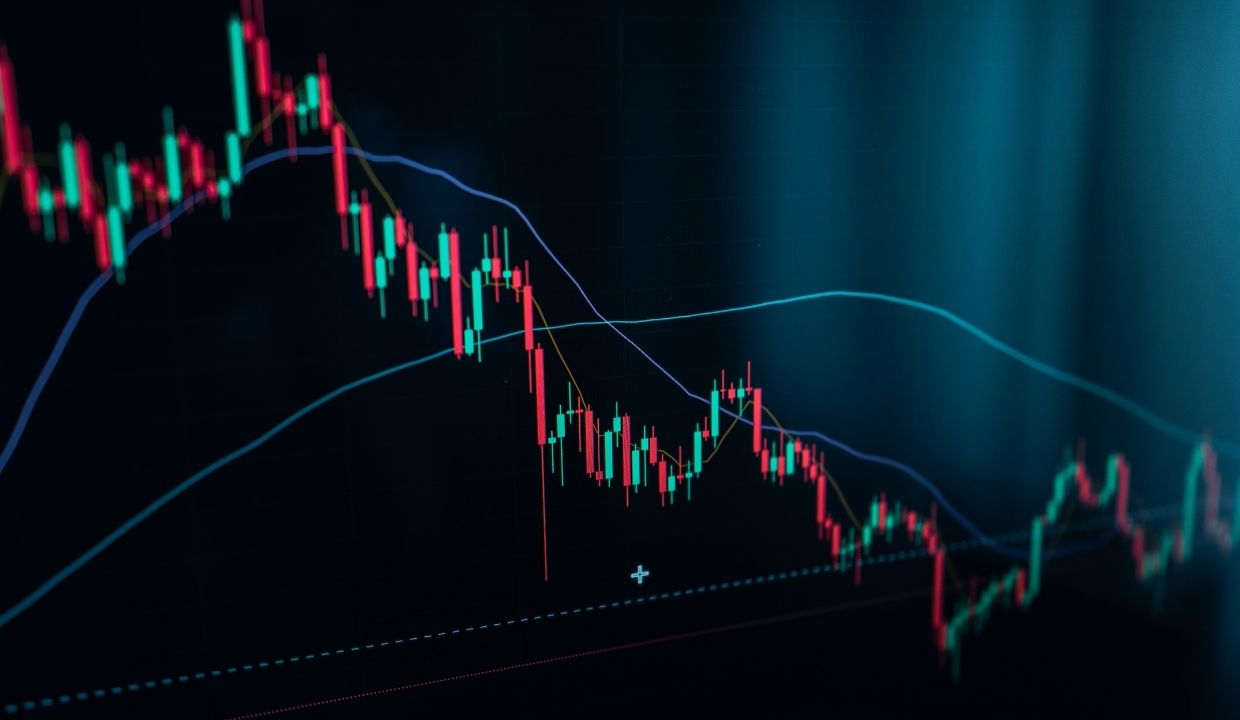Leverage and margin trading are powerful techniques used by traders to magnify their potential profits. At its core, leverage allows traders to control a larger position in the market than their actual investment. This means that even a modest capital can be used to access larger trades, boosting both potential gains and losses. On the other hand, margin trading involves borrowing funds from a broker to increase your position size, using your existing assets as collateral.
The Advantages and Risks
Leverage and margin trading can be a double-edged sword. Advantages include the ability to take advantage of small price movements and potentially earn higher profits. However, it’s crucial to acknowledge the accompanying risks, including the possibility of substantial losses that can exceed your initial investment. Hence, a thorough understanding of the market, risk management, and a well-defined trading plan are essential.
Benefits of Leverage and Margin Trading
- Amplified Gains: Leverage allows traders to control more substantial positions with a smaller investment, potentially multiplying gains.
- Diversification: With margin trading, investors can diversify their portfolio by entering multiple trades simultaneously.
- Short Selling: Margin accounts enable traders to engage in short selling, profiting from falling markets.
Risks Associated with Leverage and Margin Trading
- Increased Losses: While potential gains are higher, losses can also be magnified, leading to significant financial setbacks.
- Margin Calls: If trades move against you, brokers may issue a margin call, demanding additional funds to cover losses.
- Overtrading: Easy access to leverage might tempt traders to overtrade, leading to impulsive decisions and potential losses.
Strategies for Successful Leverage and Margin Trading
- Educate Yourself: The foundation of successful trading lies in understanding the market, the assets you’re trading, and the specific leverage and margin requirements.
- Risk Management: Implement robust risk management strategies, including setting stop-loss orders to limit potential losses.
- Start Small: Begin with a modest leverage ratio and gradually increase it as you gain experience and confidence.
- Stay Informed: Keep a close eye on market trends, news, and events that could impact your trades.
FAQs
What is the main advantage of leverage in trading?
The primary advantage of leverage in trading is that it enables traders to control larger positions with a smaller investment. This can potentially lead to higher profits compared to trading with only the capital you have on hand. Leverage allows you to amplify your exposure to the market, which means that even small price movements can result in more significant gains.
For instance, if you’re trading with a leverage ratio of 10:1, it means that for every $1 of your own capital, you can control a position worth $10. If the market moves in your favor by just 1%, you would experience a gain of 10% on your initial investment. This ability to multiply gains is why leverage is often considered an attractive tool for traders seeking to capitalize on market opportunities.
How does margin trading differ from leverage?
Margin trading and leverage are related concepts in trading, but they have distinct differences in how they function and the way they impact your trading strategy.
Margin Trading: Margin trading involves borrowing funds from a brokerage firm to increase the size of your trading position. When you engage in margin trading, you’re essentially leveraging your existing capital to access larger trades. The borrowed funds serve as a form of leverage. In margin trading, you’re required to maintain a certain amount of your own capital as collateral, known as the margin. The margin ensures that you can cover potential losses.
For example, if you want to buy $10,000 worth of stocks but only have $5,000 in your trading account, you can borrow the remaining $5,000 from your broker. This enables you to control a position twice the size of your initial capital. However, it’s important to remember that while margin trading offers the potential for higher gains, it also exposes you to higher risks. If your trades go against you, your losses can exceed the amount you initially invested.
Leverage: Leverage, on the other hand, refers to the ability to control a larger position in the market than your actual investment capital. It’s not limited to margin trading but is a broader concept that applies to various trading strategies. Leverage can be achieved through other means beyond borrowing funds, such as using derivatives or financial instruments like options and futures.
Can I lose more money than I initially invested through margin trading?
Yes, it is indeed possible to lose more money than you initially invested through margin trading. Margin trading introduces the element of leverage, which allows you to control a larger position in the market than your actual investment capital. While leverage can potentially amplify your profits, it also magnifies your losses.
Here’s how it works: When you engage in margin trading, you’re essentially borrowing funds from your broker to increase your trading position. The borrowed funds act as leverage, enabling you to control a larger trade than you could with your own capital alone. However, if the market moves against your trade, the losses are calculated based on the total position size, including both your own capital and the borrowed funds.
What is a margin call?
A margin call is a critical aspect of margin trading and occurs when the value of your trading account falls below a certain threshold specified by your broker. When you engage in margin trading, you’re essentially using borrowed funds to amplify your position in the market. To ensure that you can cover potential losses, brokers require you to maintain a certain amount of your own capital as collateral, known as the margin.
If the value of your trading account drops to a level where it no longer meets the minimum margin requirement set by your broker, a margin call is triggered. The purpose of a margin call is to notify you that your account’s equity has fallen to a point where it might not be sufficient to cover potential losses on your leveraged trades.
When a margin call occurs, you’ll typically receive a notification from your broker. This notification serves as a warning that you need to take action to address the situation. To satisfy the margin call, you have a few options:
1. Deposit Additional Funds: You can deposit additional capital into your trading account to restore the required margin level. This can prevent your broker from liquidating your positions.
2. Close Positions: Alternatively, you can choose to close some or all of your open positions. By doing so, you free up capital, which can help meet the margin requirement.
Is leverage the same across all assets?
No, leverage is not the same across all assets. The amount of leverage available can vary depending on the specific asset class you are trading. Different markets and financial instruments have their own rules and regulations governing leverage ratios.
For instance, in the foreign exchange (forex) market, leverage ratios are often much higher compared to other markets. Forex brokers commonly offer leverage ratios of 50:1, 100:1, or even higher. This means that for every $1 of your own capital, you can control a position worth $50 or $100, respectively.
On the other hand, in the stock market, leverage ratios are typically lower due to stricter regulations. Depending on your region and the specific stock you’re trading, leverage ratios might range from 2:1 to 5:1. This means that you can control a position worth only 2 to 5 times your initial capital.

